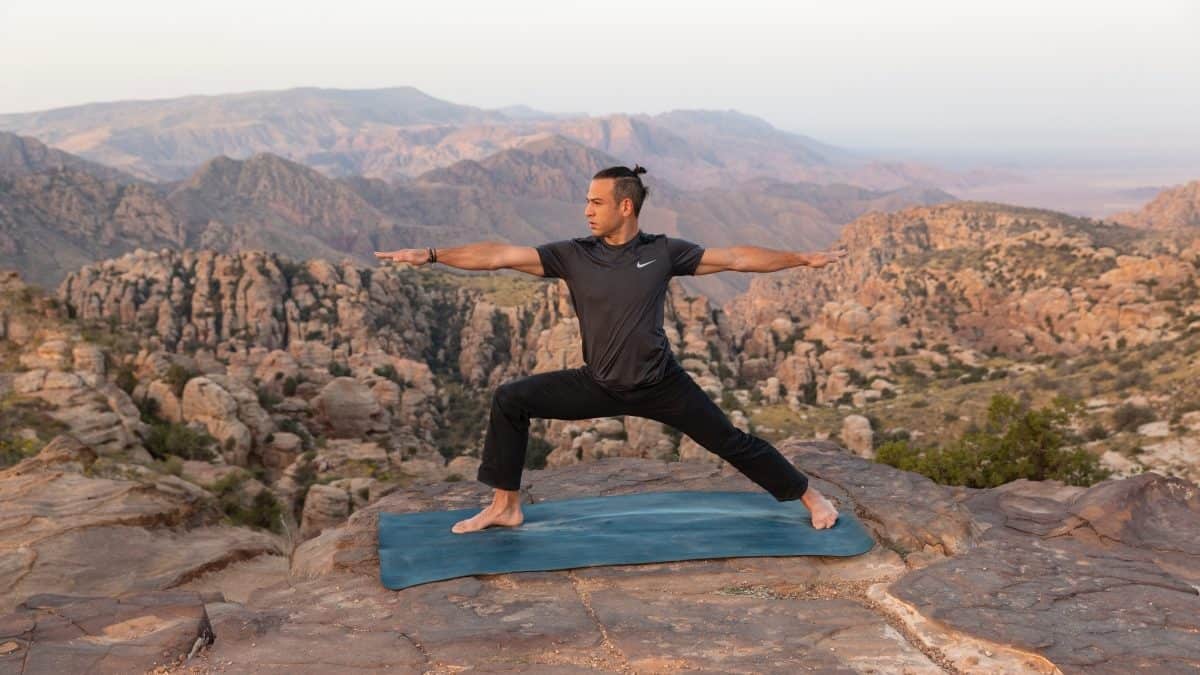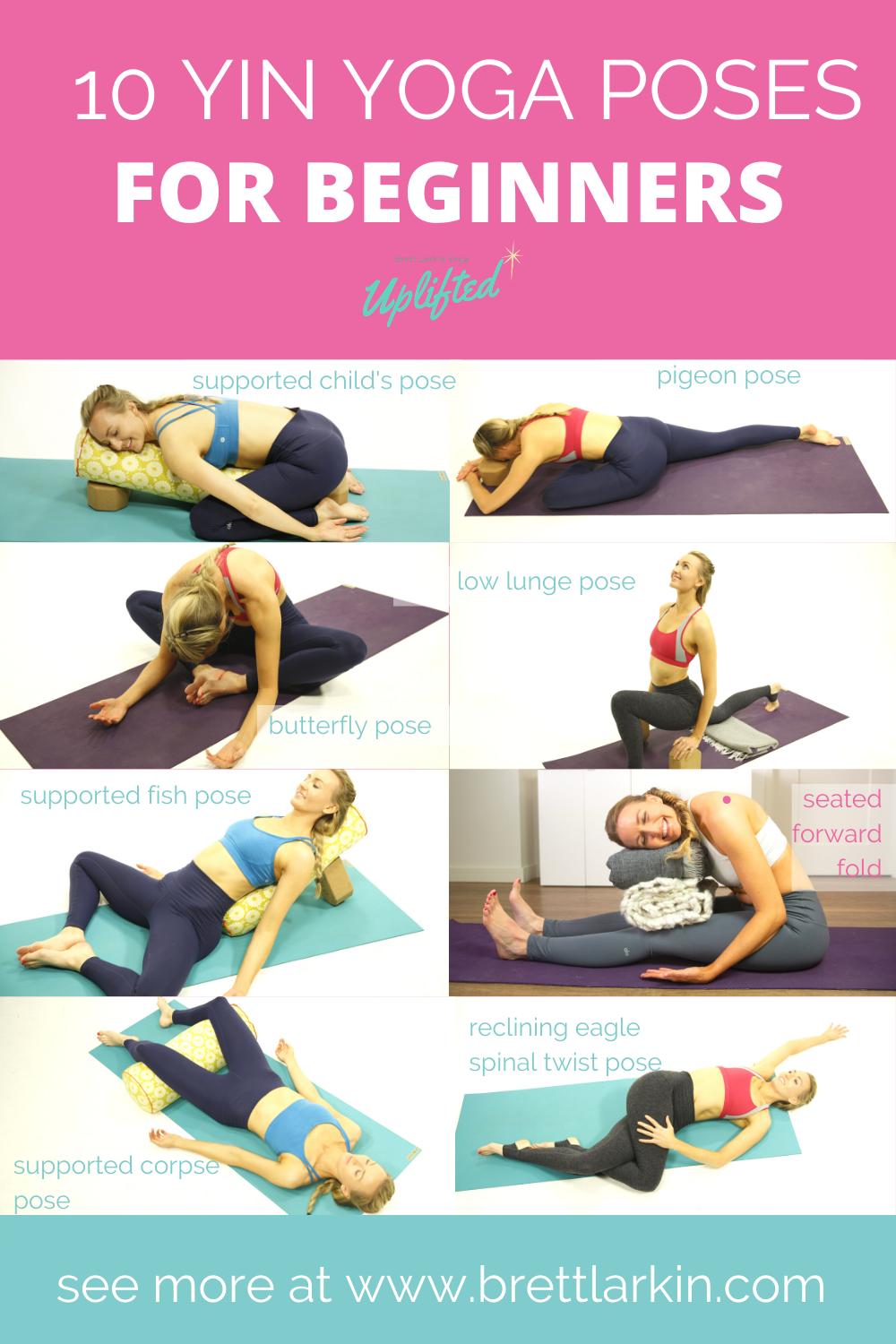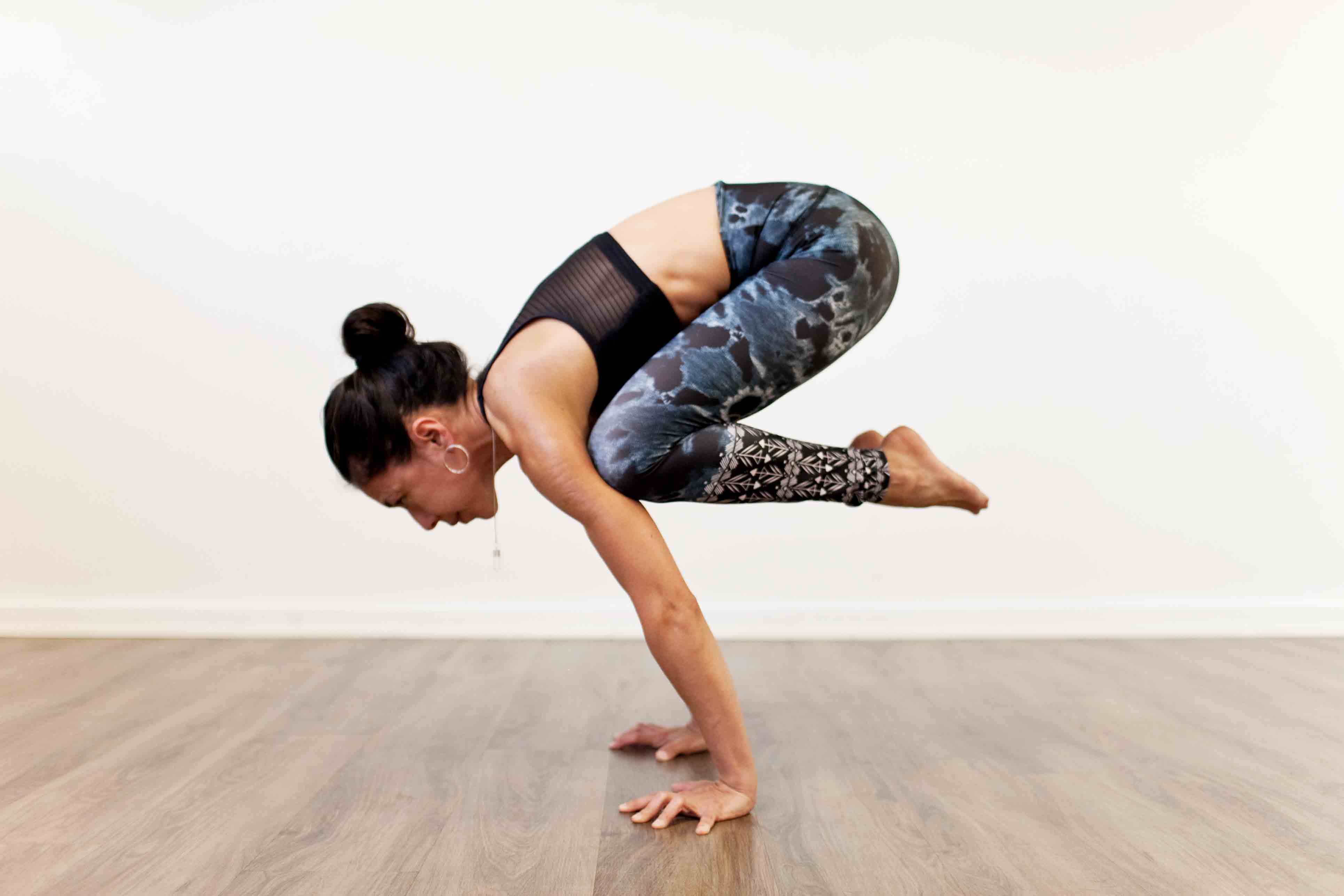
Vinyasa Yoga may be a popular exercise form, but it is also well-known for its profound mental effects. You need to be focused on the poses and pay attention to every detail. For flow to occur, you must focus on the breath and the body. The goal is to attain this state of mindfulness as soon as possible and to maintain it for as long as possible. This type is ideal for busy people.
These poses can be challenging and require deep breathing. This type of breathwork is crucial to overcoming stress and overcoming physical challenges. Long exhales and inhales through the nose are a sign that yoga classes are in control of the body. This signals to the brain, to place more emphasis on the heart. This helps to prevent injuries.
Most classes in vinyasa yoga have no fixed time duration, although they usually last around an hour. But, there are others that go on for longer. Some classes last only 30 minutes. The studio should be able call you in advance to confirm the class duration. The flow of the class will include many poses as is the name. Depending on the intensity, you can choose a vinyasa yoga class that is appropriate for your level of fitness.

Vinyasa is a new form of yoga. You might feel intimidated by it. It is important to note that all classes are not the same. Classes usually begin with breathing exercises. Then, they end with a restorative position called Savasana. This is intended to help you ground yourself in the present and reconnect with your breath. The majority of classes begin with a few warm up poses, such as the Cat Cow pose or Downward Fassdog. It is important to get a variety of experience with instructors before you commit.
Vinyasa is a type of yoga that requires continuous movement between positions. It's fast-paced yoga but it is still a peaceful practice. The constant movement between poses is an important aspect of this style of yoga. This style of yoga also helps you to build a strong mind-body relationship. The breath can be used to focus on the poses, without you having to hold your breath or breathe rapidly.
Vinyasayoga can improve your flexibility and posture, but it can also be a great way for you to strengthen your core and build muscle. This exercise is the best for beginners. It helps to improve balance, core strength and range of motion. This is the best exercise for people who aren't used to stretching. You may need some guidance but it's important that you start with something you're comfortable doing regularly.
It is important to consider your strength and flexibility when choosing a vinyasa classes. It will be easier to do a beginner's class than an advanced one. A beginner's class will give you the same benefits. Vinyasa not only improves your flexibility and strength but also promotes mental and physical well-being. You'll be able to focus on your breath throughout the entire class.

Vinyasa, a type of yoga, focuses on meditative movements. You will learn to stay present, be aware of your body, and how it affects your environment. It is important to pay attention to your breathing and mental agility during your practice. Vinyasa is a way to improve physical agility and mental stamina. As you continue to practice Vinyasa, your practice will improve.
Vinyasayoga has many meditative advantages. It improves your physical and mental health. It can help you reduce stress and improve your mood. Vinyasa teachers may mix the postures with longer-held and more yin positions during classes. It can be like a moving meditation if done properly. You'll feel more awake, vibrant, and relaxed.
FAQ
What is butter good for?
Butter is one source of saturated fats. This fat is good for hair and skin health, as well as stronger bones.
Vitamin K, found in butter is an antioxidant that prevents bleeding from cuts. Vitamin K and vitamin C work together to prevent bruising.
Butter is rich in minerals such as calcium, potassium, and phosphorous. These elements help to build stronger bones and teeth.
Butter is not without its flaws. Butter contains high levels of cholesterol. Studies show that too much cholesterol can increase your risk of developing heart disease.
Butter also contains high amounts of saturated fat, which contributes to obesity and increases cholesterol.
But if butter is a must, you can spread it on bread and not dip it in soups or salads. Bread absorbs oil more than pasta or potatoes.
Are There Any Benefits Of Doing Yoga?
Yoga has been around since ancient times and has gained popularity recently. Yoga is very popular with celebrities as well as ordinary people who wish to be fit and healthy.
Yoga is great because it strengthens your muscles as well as stretches them. Yoga is also great for calmening your mind and relaxing.
Yoga and other forms exercise differ in that yoga is focused on breathing techniques.
For balance and flexibility, there are many poses you can do.
Do I have to exercise every single day?
No! At least 30 minutes moderate-intensity exercise five days per week is a good goal. This could be walking fast enough so you feel slightly out breath or cycling hard enough to sweat.
Statistics
- Get free shipping and 25% off today. (healthline.com)
- By John Thompson Take a whopping 38% off a set of PowerBlock Pros. (menshealth.com)
- Candidates and applicants must pass all four tests at 70% (minimum level) to graduate from Basic Deputy U.S. Marshal (BDUSM) Training. (usmarshals.gov)
- An estimated calorie range for moderately active adult males falls between 2,200 to 2,800 calories per day, depending on age. (eatright.org)
- The PRS enabled risk stratification for overall prostate cancer and lethal disease with a four-fold difference between men in the highest and lowest quartiles (HR, 4.32; 95% confidence interval [CI], 3.16-5.89). (pubmed.ncbi.nlm.nih.gov)
External Links
How To
How can I burn fat while exercising?
Exercise reduces calories by increasing metabolism, and oxygen consumption.
At moderate intensity, you will lose weight easily.
These tips can help you to burn fat while training:
-
Cardio exercises like walking, running (or jogging), swimming, cycling, running, and/or elliptical training are all good options.
-
Do 30 minutes of exercise three times a week.
-
Strength training is a great way to lose weight.
-
Avoid intense workouts. You can build muscle without breaking down muscle tissue.
-
During exercise, drink plenty of water. Water flushes out toxins, and keeps your body properly hydrated.
-
After working out, make sure to drink low-fat proteins shakes. Protein shakes help repair muscles and boosts energy.
-
You can eat smaller meals throughout the day so that you don't feel hungry in between meals.
-
Don't skip breakfast! You can feel tired and slow if you skip breakfast.
-
Take care of yourself mentally. Stressful situations may slow down your metabolism.
-
Keep a positive attitude. Research shows that overweight people gain more weight if they believe they are overweight than those who believe they look good.
-
Sleep enough. It is harder to lose fat if you don't get enough sleep.
-
Active living is key. Get up every hour and get moving.
-
Maintain a healthy diet. You will feel fuller longer if you eat right.
-
Find ways to relax. Your body won't release stress hormones that cause muscle tissue destruction if you have a tense mind.
A balanced diet contains all necessary nutrients for growth and development.
You should eat six small meals per day rather than three large ones. This gives your body time and energy to process the food.
Calcium is required to support strong bones. Calcium can also be found in milk products, yogurt, fortified Soy beverages, orange Juice, cereals and bread.
Calcium is found in leafy green vegetables and beans, tofu as well as nuts, seeds, cheese, and seeds.
Vitamin D is essential for calcium absorption. Vitamin D is found in certain fortified foods, such as egg yolk and fatty fish.
Vitamin E is important for skin health. It's found in vegetable oils, wheat germ oil, peanuts, almonds, sunflower seeds, and corn.
Your body needs zinc for normal immunity function and wound healing. Zinc can also be found in legumes, oysters, meats and whole grains.
Zinc deficiency can cause fatigue, loss of appetite, depression, and impaired immunity.
Too much sugar leads to insulin resistance. This results in higher blood glucose levels. Insulin resistance is linked to weight gain.
Insulin resistance is caused by high blood levels of free-radicals. Free radicals are molecules containing unpaired electrons which cause damage to cells membranes.
Food additives, pesticides and herbicides, as well as preservatives, smoking and radiation are all sources of free radicals.
Free radical damage can lead to cancer, heart disease, diabetes, arthritis, asthma, and aging.
To prevent free radical damage, eat a healthy diet rich in antioxidants. Antioxidants protect against oxidative damage.
Vitamin C can be found in citrus fruits. Beta carotene can be found in carrots. Sweet potatoes. Tomatoes. Carrots. Sweet potatoes. Spinach. Broccoli. Cantaloupe. Vitamin E is found in nuts. Olive oil, avocados.
Selenium, copper as well as manganese and zinc are some other antioxidant nutrients.
Selenium is known to protect cells from the oxidative damage that free radicals can cause. Selenium is also found in Brazil nuts.
Copper protects your eyes, brain, eyes and red blood cell. Copper can be found in meat, shellfish, meat, and organ meats.
Manganese forms an essential part of bone structure. Manganese is found as a component of bone structure in brown rice (spinach, bananas), prunes, raisins and oatmeal.
Zinc helps with normal growth, reproduction, as well as wound healing. Zn can be found in lean cuts, white fish, poultry, eggs, and other foods.